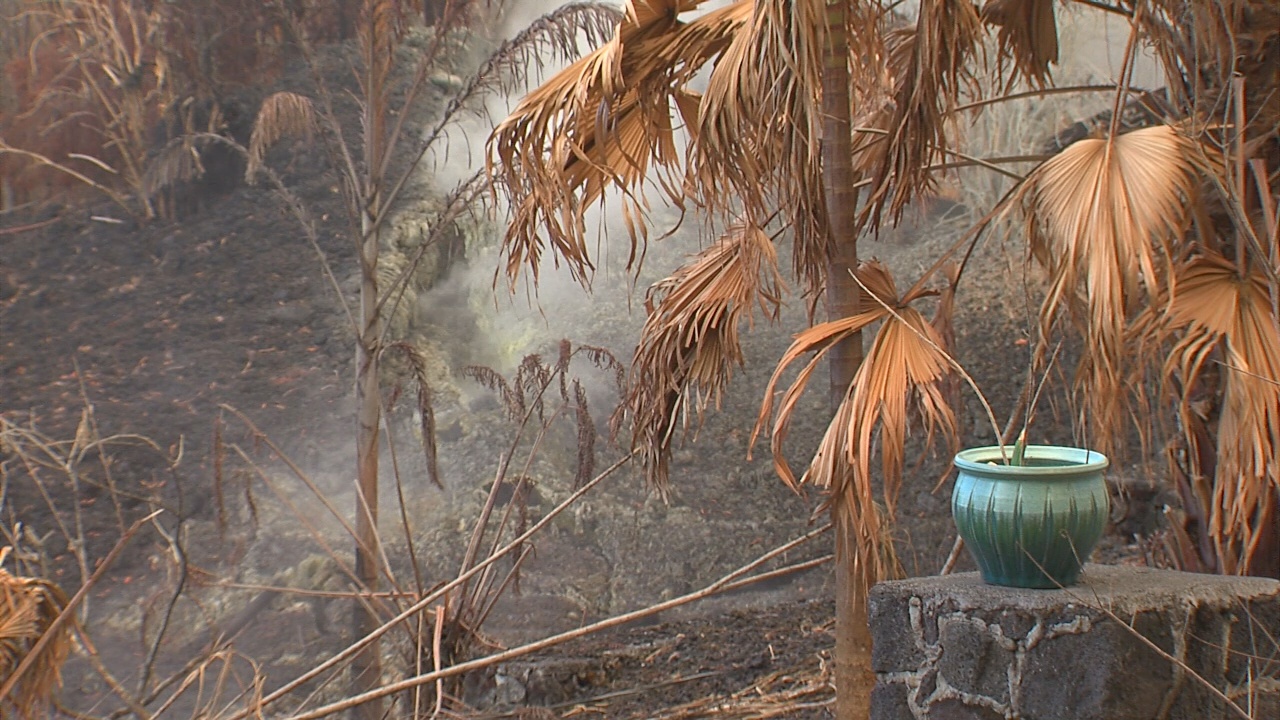(BIVN) – With the 2018-19 school year about to begin, state officials say they are working to keep students safe from the increased volcanic emissions emanating from the eruption on Kilauea’s lower East Rift Zone.
This joint Department of Health / Department of Edication media release was issued on Friday:
The Kīlauea eruption created unsettling moments for many administrators, teachers and staff in schools across Hawai‘i Island over the last two months of the past school year, especially those close to the lower East Rift Zone. To prepare for the coming new school year, the Department of Health (DOH) and Department of Education (DOE) have worked together to develop and share volcano response plans for schools on Hawai‘i Island.
The two state government departments joined forces to create clearer guidelines on what to do when sulfur dioxide levels in the air exceed safe thresholds. For schools in areas downwind from the volcanic activity and in West Hawai‘i that may not be affected as much by sulfur dioxide, the departments also developed guidelines for particulate levels and ashfall.
“We know that principals and teachers feel a deep sense of responsibility to their students and want to do the right thing to protect them, but we heard many needed better guidance on the best course of action to pursue when eruption activities are taking place,” said Health Director Dr. Bruce Anderson. “We partnered with the Department of Education to develop guidelines to minimize confusion and ambiguity, so that schools can take rapid, decisive action.”
The action plans follow the six-tiered color-coded system used by the Hawai‘i Department of Health and the U.S. Environmental Protection Agency (EPA). DOH’s Hawai‘i Short Term Sulfur Dioxide Advisory provides specific local guidance for our volcanic sulfur dioxide gas emissions. The U.S. EPA Air Quality Index system provides a similar tool for determining if particulate levels in the air are safe. Together, these tools indicate whether the air is safe, and more importantly, what actions to take.
“When air quality is impacted by volcanic activity, these action plans will allow our schools to react and implement safety measures immediately,” said Superintendent Christina Kishimoto. “The monitoring resources provided will allow for consistent responses across all schools and we thank the Department of Health for working with us to develop this detailed guidance.”
“School administrators, teachers and parents now have clear guidelines directing what they should do to protect students and staff. These guidelines spell out whether they should maintain regular school operations, limit outdoor activities, start to monitor air quality, help students receive appropriate medical attention, establish ‘sensitive rooms’ for those experiencing respiratory issues, or shelter in place,” said John Peard, remediation project manager with the Department of Health’s Hazard Evaluation & Emergency Response Office, and one of the subject-matter experts working with representatives from schools and nursing/healthcare professionals to develop the guidelines.
According to Orasa Fernandez, safety & security specialist with the Department of Education’s Safety, Security, and Emergency Preparedness Branch, the guidelines are being disseminated to a number of audiences to make sure everyone is informed:
– School health aides, who are stationed in the schools;
– Teachers and staff before school begins and at the annual school complex summits typically held in August; and
– Parents during the first few weeks of the new school year in orientation packets and during open house or Parent Teacher Student Association (PTSA) events.
Fernandez said the information will also be posted on the Department of Education and school-specific websites. Schools will also schedule informational meetings on the volcano’s impact, as needed.
The sulfur dioxide, particulate and ashfall response plans are available on the on the Department of Education’s website.


by Big Island Video News11:24 am
on at
STORY SUMMARY
PUNA, Hawaii - The Hawaii Department of Health and Department of Education say they are working to protect Hawai‘i Island students from volcanic emissions in preparation for new school year.